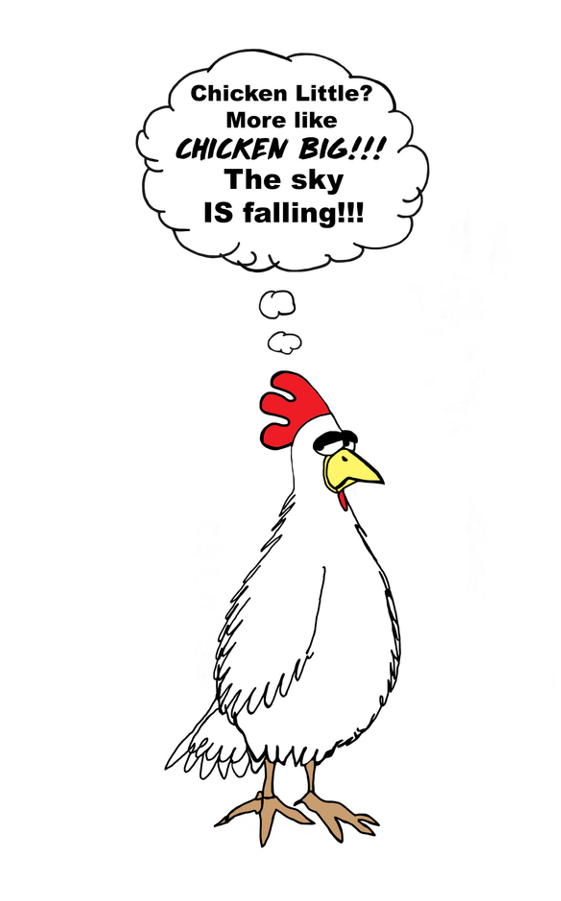‘THE SKY IS FALLING – AGAIN’
So, Just Put Ingredients on the Label & Watch Sales Soar
By Alan Goldfarb
Feb. 20, 2023
The last time the sky fell on top of the industry, it did so by sprinkling sweet sweet sugar all over the vineyards from Napa Valley and Sonoma to the Ste Rita Hills to the west side of Paso Robles. While vintners all over California in the late 1990s were readying to slit their wrists because they feared they’d lose a whole generation, marketing minds and forward-thinking viticulturists found the solution.
Give ‘em high alc with lots o’ vanilla charred malted milk wines, which we’ll call dry but their taste buds will tell them sweet. Because after all, Gen X as they were called (or was it Gen Y or Gen W?), were being weaned from sweet cola and sweet tea, so why not give them sweet wine (which we’ll call dry).
I can’t tell you how many press conferences I attended in those daze, in which winemakers read the riot act which went: If we don’t do something now to figure this out, “We’ll lose them. They’ll turn to spirits and worse – beer! What to do? What to do?”
In the end, it begat all those out-of-balance, oaky, buttery, flavor bombs, which persists in some circles, to this day.
Cut to: The second decade of a new century and what has all the handwringing wrought? There’s nary a Napa Cab or a Sonoma Chard to be found any longer on mid-level top restaurants from Palo Alto to Oakland to San Francisco. Picpoul and Torrontes and Furmint are the varieties of choice now – at 18 bucks a pop – leaving your and my Cabs and Chardonnays to gather dust in the cellar.
Kids today (yeah, I said it) only want orange, natural, organic, biodynamic, cloudy wines – if they want wine at all. They want what they believe to be real, authentic, and true things that will do no harm to their bodies and maybe help to keep them alive forever.
I remember, in 2010, when the San Francisco Museum of Modern Art – in its exhibit on wine – depicted a glass-in room filled with a plethora of ingredients and machinery that were being utilized to make “modern” wine. That display likely made a lasting impression – not positively I bet – on many people, including potential consumers.
Which is why the Randall Grahms of the world (is there more than one?) have been pleading for ingredients to be put on labels. It’ll weed out the phonies, the manipulators and the corporate suits and bean counters, who are motivated chiefly by the bottom line.
And it’ll elevate those vintners, who have the sense and insight to leave their damn hands off the wine, and leave it be; leave the wine to manifest the way it used to be, with minimal intervention. Then and only then will the agita of 2023 result in arms being thrust to the heavens in hosannas.
All this talk about the wine industry suffering from an old age problem is nothing but ageism. No. The wine industry is suffering from innovationism, lack of vision, and resistance. Resistance to change, reticence to naturalism, and stubbornness to see what’s happening out there.
They did it once before, a quarter-century go – albeit manifesting in unpleasant (to my palate) wines. But they produced wines that made a shipload of money for many.
By going back to or progressively making wine that really speaks, as it had before, to a whole other demographic and by telling the truth about what’s in the bottle, once again, will we witness a revival of what nearly has become a moribund industry.
Do the right thing. Put the ingredients on the damned bottle and watch as you get this generation to buy into your truths, which will result in another bonanza of shekels. Say Hallelujah!